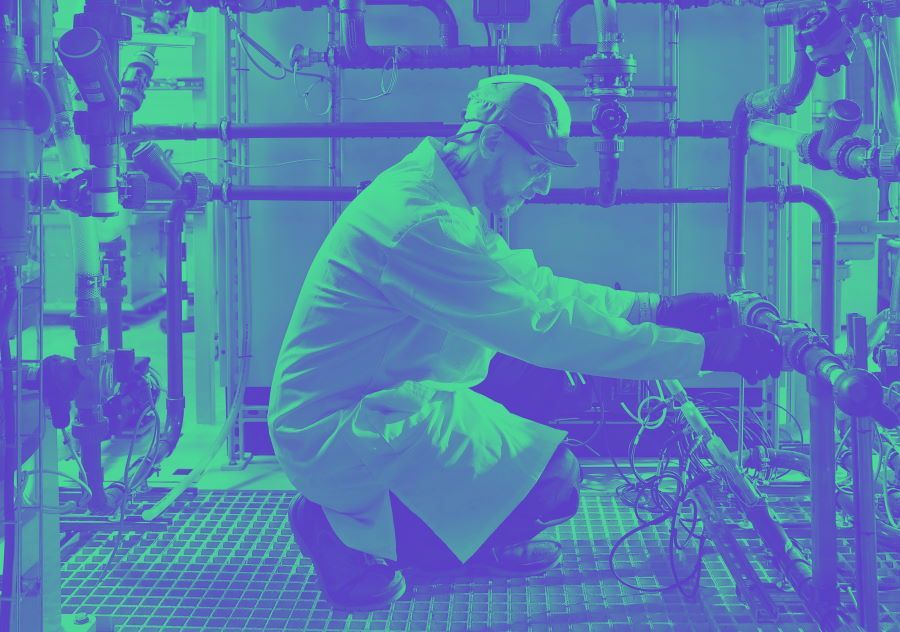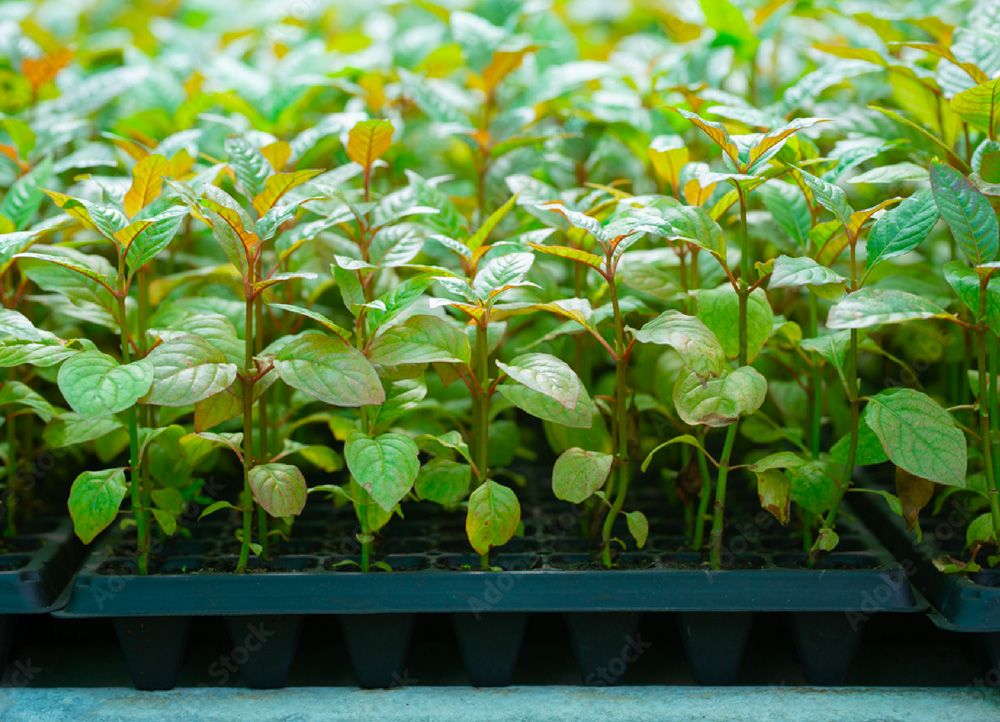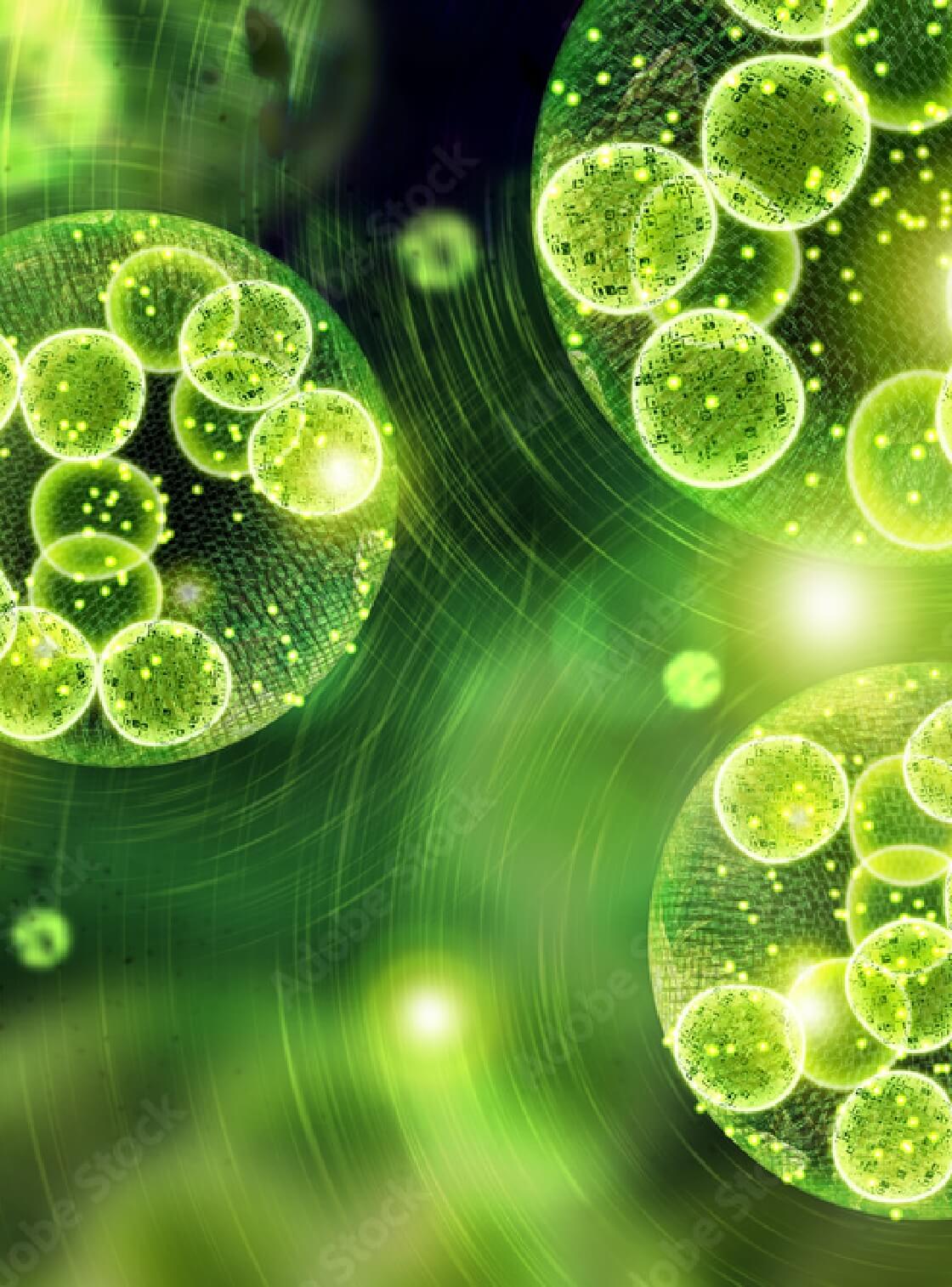To get the carbon C out of the CO₂, CarbonWorks uses a service that nature does us very well: photosynthesis. Photosynthesis is the ability of most plants to capture the carbon C they need from CO₂, while releasing a molecule of oxygen O₂ into the atmosphere.
And for this CarbonWorks uses microorganisms that do it with immense talent:
photosynthetic microalgae.
These microalgae are fascinating microorganisms. They are organisms ranging in size from 1 to 100 microns, which capture CO₂ through photosynthesis, and also know how to produce particular molecules: limestone, silica, lipids, proteins, toxins and so on. By choosing the right strain of algae, we cultivate micro-factories that naturally produce the desired molecule, and thus the renewable resources we're looking for.
The difficulty, today, is that we don't know how to cultivate microalgae on the scale needed in terms of renewable resources as well as CO₂ capture.
This is precisely CarbonWorks' challenge. CarbonWorks is developing an innovative technology for growing microalgae on a large scale: while conventional crops produce 80 to 100 tonnes of biomass/ha/year, CarbonWorks is aiming to produce 5,000 tonnes of biomass/ha/year and, to achieve this, capture 10,000 tonnes of CO₂/ha/year.
This is known as Carbon Capture and Utilization, or CCU.
Microalgae can do a lot of things. When we talk about production on the scale needed, we're talking about large volumes. And for CarbonWorks, the 1st application for microalgae in large volumes is human food.
CarbonWorks is developing applications for its partners in agriculture (biocontrol products as a contribution to the Ecophyto II plan) or biostimulant products to offset falling agricultural yields, nutraceuticals (omega 3, for example, to provide health solutions without resorting to overfishing), animal feed and proteins. But it's also about cosmetics, pharmaceuticals and biosourced chemistry!
In a world without fossil carbon, in a world in which nature is under pressure, allying ourselves with the living to produce our resources of tomorrow is essential and keeps the whole CarbonWorks team busy.



